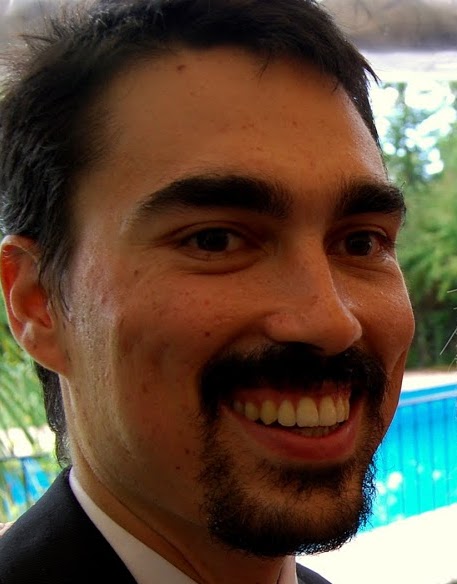February 23, 2015
Summary: The next course will be about clojure.test. Sign up to be notified when it is published.
Last week I mentioned my new course format, and I also teased at more announcements. Well, it's a course on clojure.test, the Clojure testing library that comes built in with Clojure.
I chose clojure.test as my next topic for a number of reasons. The main reason is that I think it's a good idea to begin with the fundamentals. I have a long list of topics, and testing was as good as any. It's also a video that opens doors to other topics, including testing using Midje, test.check, and simulation testing.
The course is called LispCast Intro to clojure.test. clojure.test is not a big library, but it's important to know. This course will teach you how to use the library and conventions around testing that might not be so obvious. For instance, how to name your testing namespace.
The course is built in the new format, and it's shorter than my previous courses. It's common for someone to tell me how much they like my courses. My first question is always "Did you finish them?". And it disturbs me how many people say "no". They like the course but they don't finish. So I'm doing smaller courses that are easier to fit into your day and finish. I expect to make more, smaller courses from now on. And Intro to clojure.test will be the first.
And now that that announcement is done, I must tease you with just one more announcement coming later this week. If you don't want to miss it, sign up for the mailing list below. You'll be the first one to know when clojure.test is coming out and what that cliffhanger announcement is.
You might also like
March 28, 2015
Summary: LispCast Intro to clojure.test will launch this week.
LispCast Intro to clojure.test is ready for launch! It's been incubating in the PurelyFunctional.tv Early Access Program (PEAP) for a month. People who opted in to the PEAP got an early version of the course, have been asking questions on the forum, learning a ton, and having a direct impact on the quality of the course. I'm so glad I did it this way. It let me test out the new course format and work out the kinks with the help of my customers.
And now it is clear the new course format has performed really well. It's very interactive. It contains exercises, animations, screencasts, code samples, and narration. All directed at getting clojure.test installed in your brain, best practices, conventions, and all.
It's suitable for beginners to Clojure and for anyone who wants to learn how to properly use clojure.test. clojure.test is the main testing library that comes with Clojure and works well with Leiningen, CIDER, vim fireplace, midje, test.check, and more!
The course will launch this week. Sign up to learn when it comes out.
You might also like
February 20, 2015
Summary: LispCast video courses have a new, interactive format. It's easier for me to make courses (read: more, faster) and it's a better experience for learners.
I've released 3 Clojure LispCast video courses. They've been selling okay (many thanks to my beautiful buyers and other supporters!), but I need more videos to bring it to a full time wage. After it took 9 months to do the core.async videos, I decided to take a step back and optimize my process.
The first thing I wanted to do was to be able to generate the videos programmatically. Editing video takes a long time, and I knew that most of what I did during editing was automatable. That would eliminate hours of work per hour of video.
I began coding up some routines to compose videos functionally (inspired by the functional animation work by Conal Elliott). It worked really well. I could code up simple animations, concatenate videos, and rerender a preview very quickly. This combined with the Emacs Lisp scripts I have for automatically recording the "typing" portions of the videos, I was ready to code up the video.
But I eventually scrapped the idea. Nothing wrong with the idea, but I found something better. Nola Stowe suggested I make the video course viewable in a browser. That means I have HTML and Javascript. Not only does it let me have a bit of interactivity (such as pausing at the right place automatically), it also enhances the experience a lot. Table of contents, links, smaller download, etc. So I got to work on an in-browser course.
I'm working on the next LispCast course, in the new format. It's already way faster to make, and the viewer experience is amazing. It combines video, interactive exercises, animations, and more into one package. I can't wait to show the world. I've got a lot of great things to announce soon, so sign up below to get updates as they come out.
You might also like


